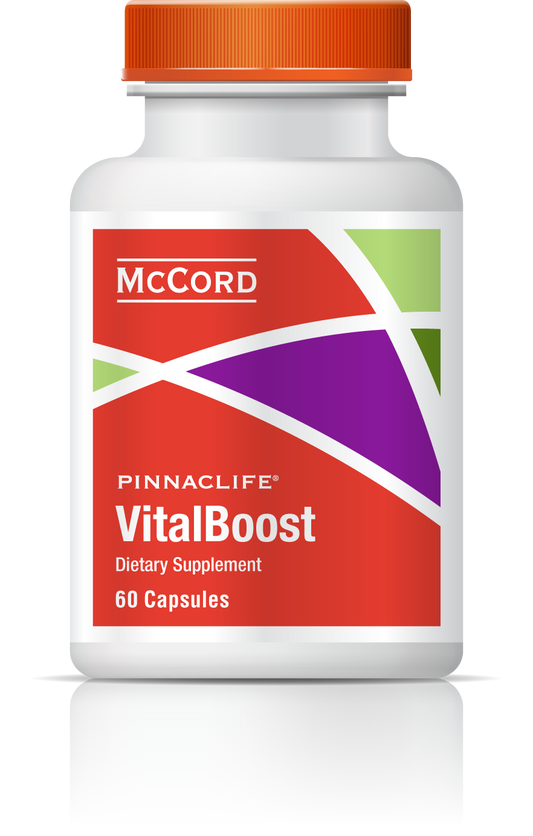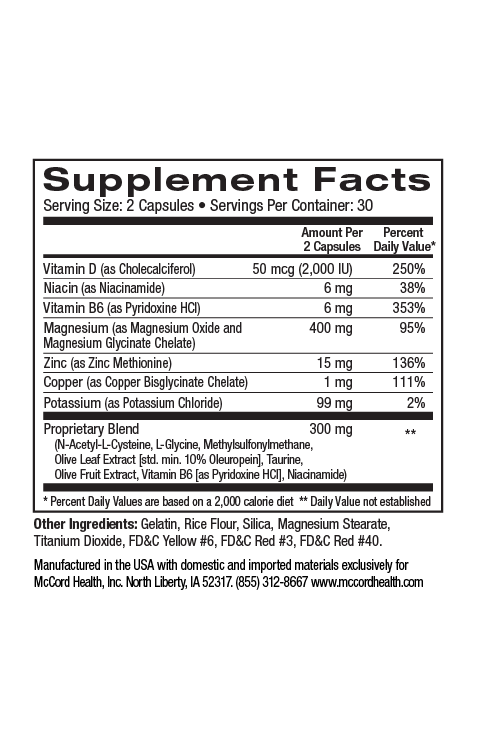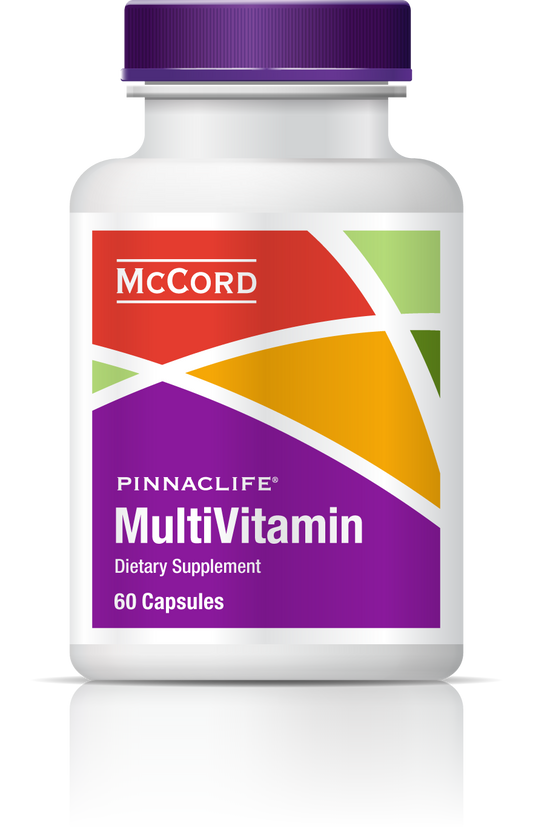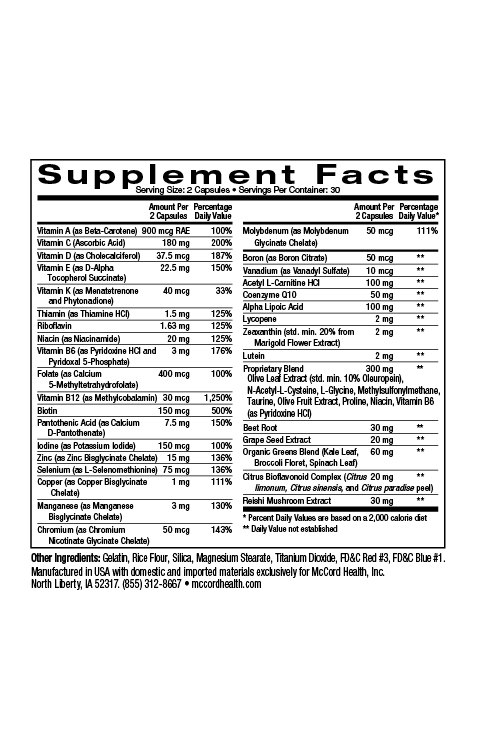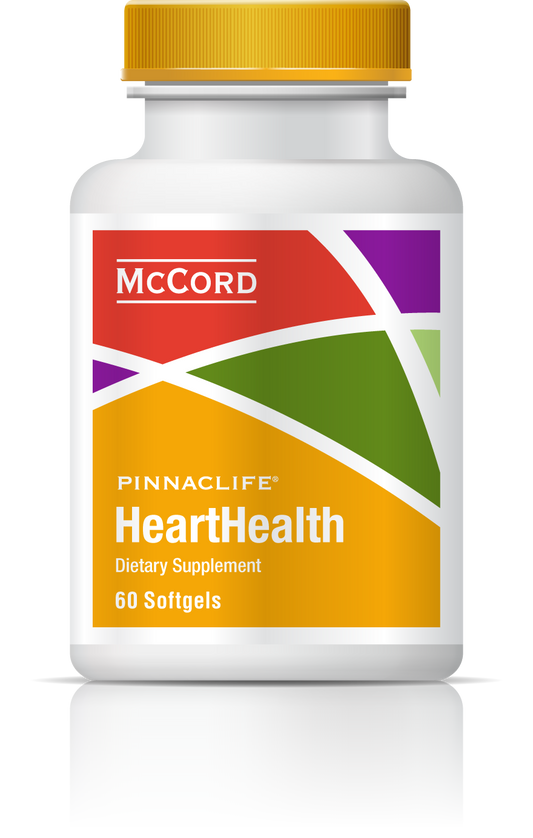Diets low in fiber and high in processed foods (like the Western diet) have been linked with obesity and inflammation. Obesity is part of the metabolic syndrome that often precedes diabetes and is associated with oxidative stress. Dietary fiber like the fiber found in Pinnaclife® DigestiveHealth with Proprietary Blend has been found to reduce body fat, and fiber intake is associated with increased weight management, as well as decreased cardiovascular disease and diabetes. Dietary fiber promotes gut microbial diversity that has been discovered in healthy individuals in contrast to less healthy individuals with issues like obesity. In addition, the olive polyphenols hydroxytyrosol and oleuropein found in Proprietary Blend and DigestiveHealth have been shown to convey beneficial effects against obesity.
- Obesity arises due to an energy imbalance between calories consumed and calories spent creating an energy surplus
- Diets low in fiber have been associated with obesity
- Higher intakes of fiber are associated with healthier distributions of body fat
- Maltodextrin fiber (like that found in DigestiveHealth with Proprietary Blend) was demonstrated to reduce body fat accumulation
- Dietary fiber is an important energy source for gut bacteria
- Beneficial bacteria are promoted by dietary fiber and produce metabolic products that help decrease intestinal inflammation
- Ingredients in Proprietary Blend also possess activities that decrease inflammation
Only one in three people in the United States are of normal weight1. Unfortunately, many Americans eat too much highly processed food that lacks fiber and has been linked with poor health including obesity2-4. Obesity is associated with various factors or combinations of factors including genetics, lifestyle, diet, lack of exercise and/or sleep, and certain medical conditions5,6. Obesity arises as a result of an energy imbalance between calories consumed and calories spent creating an energy surplus, resulting in excess body weight1. In fact, the processes that cause the accumulation of body fat are influenced by the interaction of genetics and the environment within a complex system that regulates energy balance7.
Western diets that are typically low in fiber and high in processed foods have been associated with increased inflammation8. Importantly inflammation has been linked with many diseases and health conditions including obesity9-12. Moreover, low-grade inflammation is also associated with oxidative stress and aging that can lead to impaired insulin signaling and weight gain13. Notably, the potent olive polyphenols hydroxytyrosol and oleuropein found in Pinnaclife® DigestiveHealth with Proprietary Blend have powerful anti-inflammatory and antioxidant activities. Along with these olive polyphenols, Proprietary Blend includes other important ingredients with anti-inflammatory and antioxidant activities like methylsulfonylmethane, N-acetylcysteine, and taurine14-23.
Obesity is considered part of the metabolic syndrome that often precedes diabetes24, and it is associated with abnormalities in lipid and glucose metabolism as well as oxidative stress25. In addition, it is linked with an increased risk in several diseases including depression and type 2 diabetes that are also linked with chronic inflammation6,25. In fact, obesity significantly increases the risk of chronic diseases including neurological (Alzheimer’s disease) and cardiovascular diseases, and obesity increases the risk of developing type 2 diabetes by a factor of seven compared to the risk associated with having a normal weight1.
Pinnaclife® DigestiveHealth includes a soluble but resistant maltodextrin fiber that is slowly fermented in the colon so that it doesn’t cause the gas and bloating commonly found with equivalent doses of rapidly fermenting fibers like inulin26,27. Importantly, the resistant maltodextrin found in DigestiveHealth was discovered to significantly reduce body fat accumulation in a clinical trial28. In addition, studies have shown that a higher intake of dietary fiber is associated with a healthier distribution of body fat, and dietary fiber has been shown to increase glucagon-like peptide-1, a gut hormone involved in satiety control, gastric emptying and small intestine transit7.
More good news includes the fact that high dietary fiber intake has been associated with lower obesity, cardiovascular disease, stroke, hypertension, and diabetes,29-31 and large epidemiological studies have consistently demonstrated that dietary fiber is positively associated with favorable outcomes related to weight management. Indeed, the positive effects of fiber on body weight were found in all of the study groups regardless of their baseline body weight (normal, overweight, or obese)7. Moreover, the benefits of consuming resistant starch (like maltodextrin), which is capable of influencing the metabolic pathway of glucose has been increasingly recognized32. In fact, resistant maltodextrin (found in DigestiveHealth) was shown to improve risk factors related to metabolic syndrome including hyperglycemia, and dietary fiber was demonstrated to promote gut bacteria that alleviated type 2 diabetes33,34.
Dietary fiber is an important energy source for bacteria found in the gut. The anaerobic (require the absence of oxygen) bacteria in the colon metabolize complex carbohydrates35,36 such as dietary fiber like the fiber found in DigestiveHealth, and produce important metabolic products including short chain fatty acids (SCFAs). SCFAs such as butyrate play critical roles in regulating host metabolism, the immune system and intestinal cell proliferation. SCFAs are found in high concentration in the colon where they are used as energy sources for intestinal cells, and they also act as signaling molecules that help regulate intestinal metabolism and inflammation. In fact, butyrate is anti-inflammatory37,38.
SFCAs are also thought to positively influence body weight regulation by different mechanisms including prolonging satiety, as well as improving insulin sensitivity7. In fact, a study of four genetic twin pairs of varying weights found differences in their microbiota with lean individuals exhibiting an increase in bacterial SCFA production39. In addition, dietary fiber was found to increase bacteria that were predominant in lean individuals and decrease bacteria predominant in obese individuals7. Moreover, another study of human microbiota correlated obesity with differences in the abundance of two dominant bacterial groups demonstrating that obese individuals in the study had an increased capacity to harvest energy from their diet.
Other studies have also indicated that reduced microbial diversity increases the calories obtained from the diets of obese individuals39. In fact, high levels of gut microbial diversity have been found in healthy individuals in contrast to less healthy individuals with health issues like obesity38. Therefore, it’s important to have a varied diet that includes fiber like the fiber found in DigestiveHealth to promote microbial diversity. In addition, the olive polyphenols hydroxytyrosol and oleuropein found in Proprietary Blend http://www.olivamine.com have been found to convey beneficial effects against obesity40. Proprietary Blend DigestiveHealth https://pinnaclife.com/product/digestivehealth-prebiotic-supplement-for-gut-health/ includes impeccably sourced ingredients that have undergone rigorous scientific review to prove we renew, restore, and repair cells.
References
- Pharmacoeconom 2015; 33(7): 673-689.
- BMJ Open 2016; 6: e009892, 1-8.
- BMJ 2019; 365: l1451, 1-14.
- BMJ 2019; 365: l1949, 1-11.
- In Vivo 2019; 33: 707-715.
- Front Microbiol 2019; 10: 390: 1-12.
- Nutrients 2018; 10: 943, 1-33.
- BMC Medicine 2013; 11: 200, 1-16.
- Curr Opin Rheumatol 2015; 27: 249-255.
- Curr Opin Rheumatol 2015; 27: 289-294.
- Mol Cells 2014; 37: 441-448.
- Free Radic Biol Med 2010; 49: 1603-1616.
- BMC Medicine 2013; 11: 200, 1-16.
- J Agric Food Chem 2011; 59: 4473-4482.
- Sci Pharm 2010; 78: 133-154.
- Amino Acids 2004; 26: 203-207.
- Nutrients 2017; 9(3): 290, 1-21.
- Life Sci 2015; 121: 110-116.
- Planta Med 2011; 77: 1890-1897.
- Int J Mol Sci 2014; 15: 18508-18524.
- World J Diabetes 2014; 5: 679-710.
- Biol Pharm Bull 2009; 32: 651-656.
- Amino Acids 1996; 10: 59-71.
- Molecules 2017; 22: 1082, 1-15.
- Int J Mol Sci 2019; 20: 1146, 1-18.
- Am J Clin Nutr 2006; 83(6): 1321-1330.
- J Nutr Sci Vitaminol 2013; 59(4): 352-357.
- Nutrients 2019; 11:291, 1-11.
- Nutr Rev 2009; 67(4): 188-205.
- Nat Med 2014; 20: 159-166.
- Immunity 2018; 48(5): 992-1005.
- Pediatr Endocrinol Diabetes Metab 2019; 25(2): 81-84.
- J Nutr Sci Vitaminol 2012; 58: 423-430.
- Science 2018; 359: 1151-1156.
- Nutrients 2013; 5: 1417-1435.
- Microbiome 2019; 7(1): 91, 1-15.
- Cell Host Microbe 2018; 23: 705-715.
- J Clin Nutr Metab 2017; 1(2): 1000111, 1-12.
- Nutrients 2019; 11: 1613, 1-40.
- Evid-Based Compl Alt Med 2014; 2014: ID 971890, 1-12.

